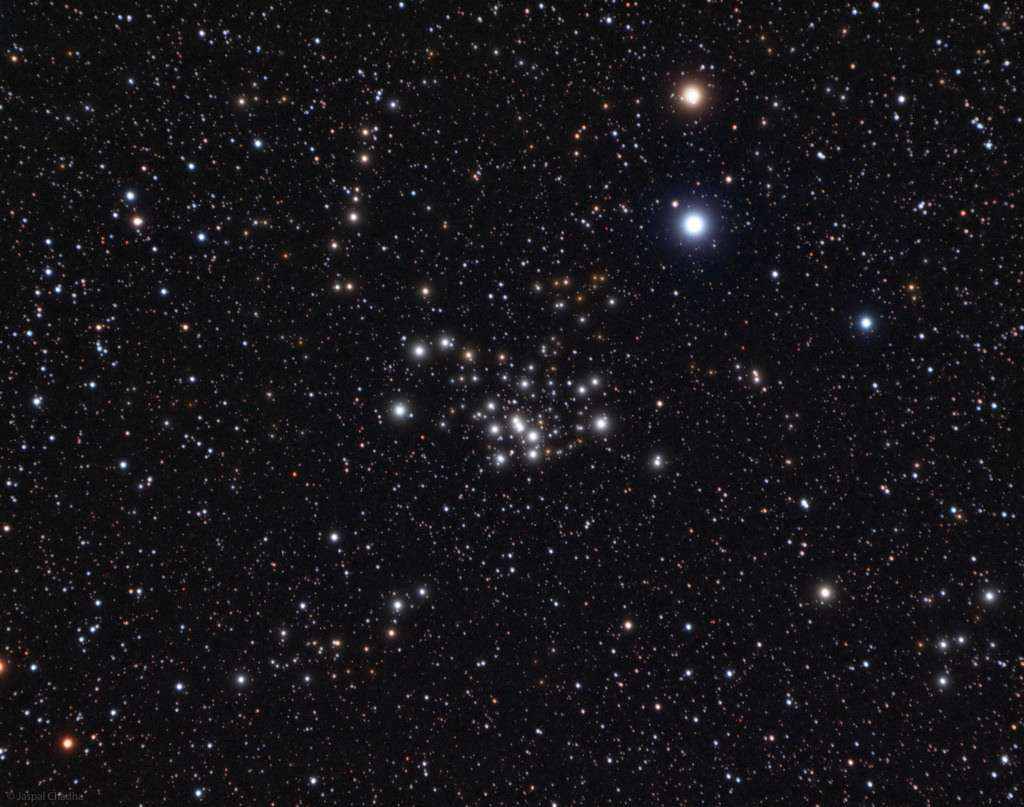
Yesterday, with no real observing plan, I enjoyed looking at some open clusters in Cassiopeia. Today, I was leafing through my December issue of Sky & Telescope and came across Sue French's nice article titled "The Frosty Sky," which coincidentally featured several objects in Cassiopeia.
Reading through the article, there were a few objects she mentioned that I had not yet officially logged, so this would be my observing list tonight.
But first, I wanted to image the planets. Saturn was sinking fast so I imaged it first. Unfortunately, it was too low in the thick atmosphere and some of the finer details were lost. Mars, however, was a different story. Despite it only being about half the apparent size that it was at opposition, it still had some fine details. I managed to capture this pretty image:

| Σ 131 | Cassiopeia | Double Star | 8:45pm CDT |
|
This double lies at one edge of Messier 103, but is not part of the open cluster. Both stars appear white and the companion is a couple magnitudes fainter and pointed in towards the cluster. |
|||
| NGC 659 | Cassiopeia | Open Cluster | 9:00pm CDT |
 |
This is a small cluster, consisting mainly of a circlet of stars. The brightest stars are about magnitude 10 and form a pentagon. Three of the brighter stars form a line along one side. This cluster isn't very impressive, but it does catch your eye as you scan that area of the sky. |
||
| Σ 153 | Cassiopeia | Double Star | 9:05pm CDT |
|
This double is nestled within the open cluster NGC 663. It is one of the ends of a horseshoe asterism within the cluster. Using the 18mm, the pair is easily resolved. Both stars appear white, but one is a couple magnitudes fainter than the other. |
|||
| NGC 654 | Cassiopeia | Open Cluster | 9:15pm CDT |
 |
This is another small and compact cluster. I counted perhaps 15 stars that were magnitude 10 or fainter. There is a bright foreground star at one edge. The cluster is a bit irregular, but basically circular, and has a tight concentration near the center. Averted vision reveals several more stars. |
||
| 35 Cas | Cassiopeia | Double Star | 9:35pm CDT |
|
This is a nice little double star. The primary is a creamy yellow-white and the fainter secondary is orange-yellow. Even in the 18mm, there is a nice separation. The color contrast is pretty. |
|||